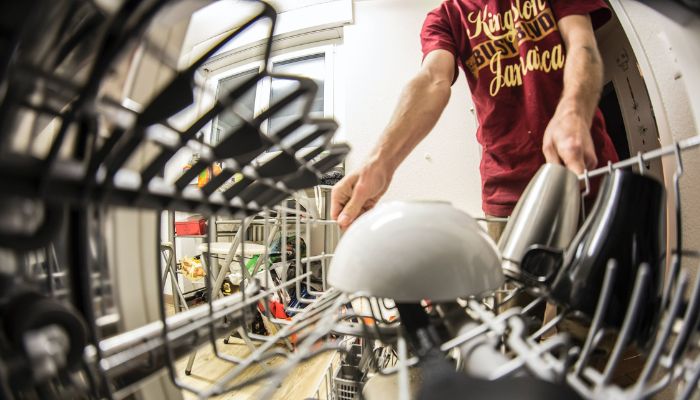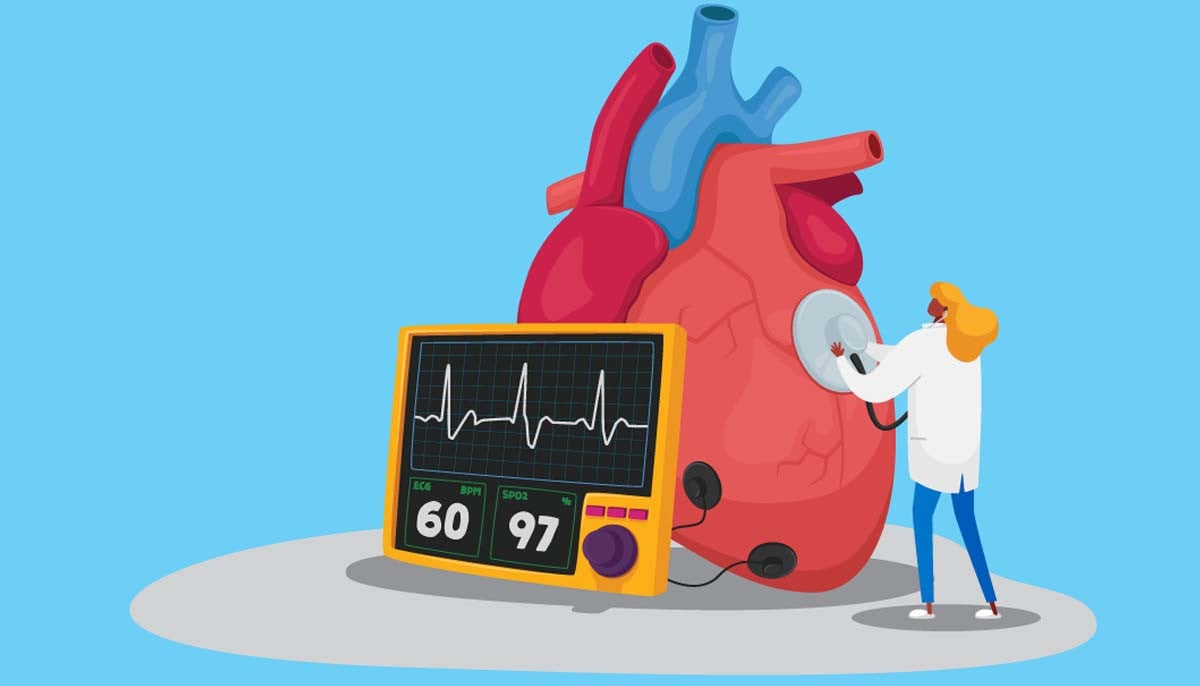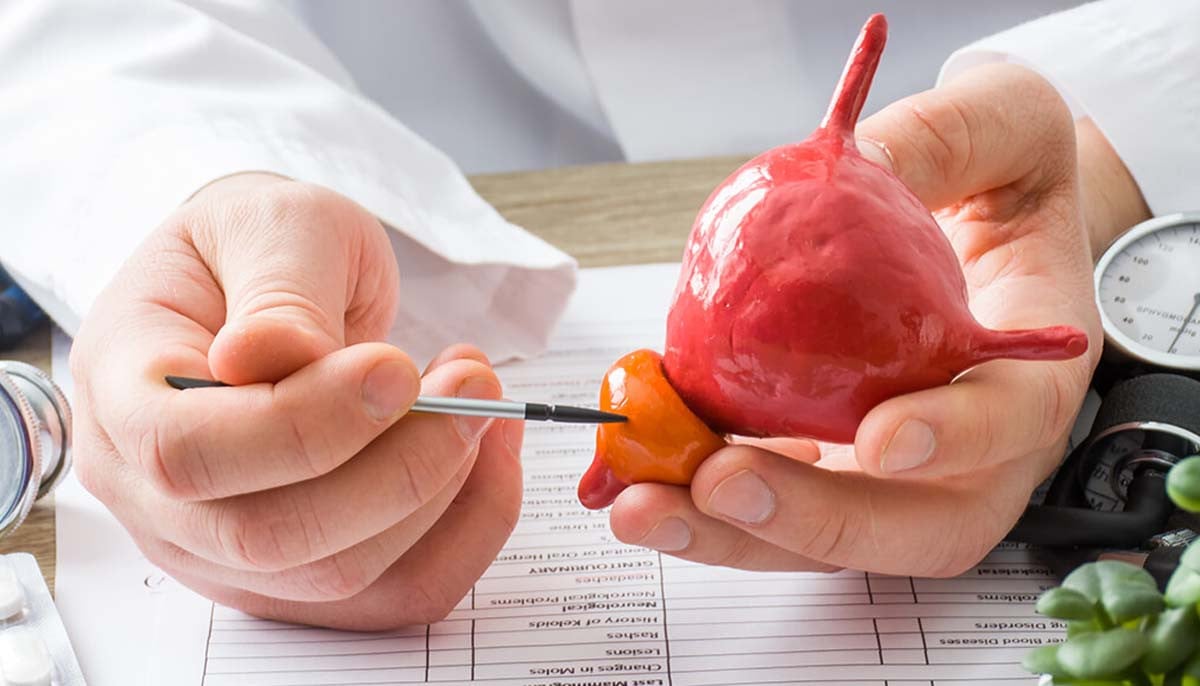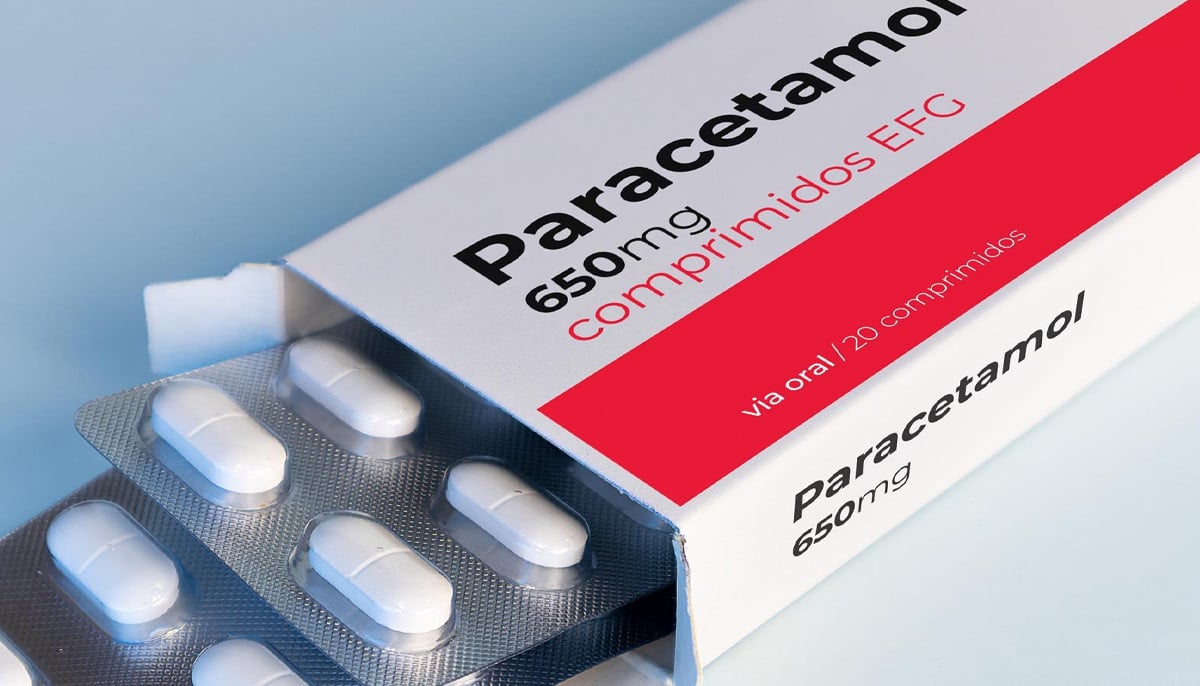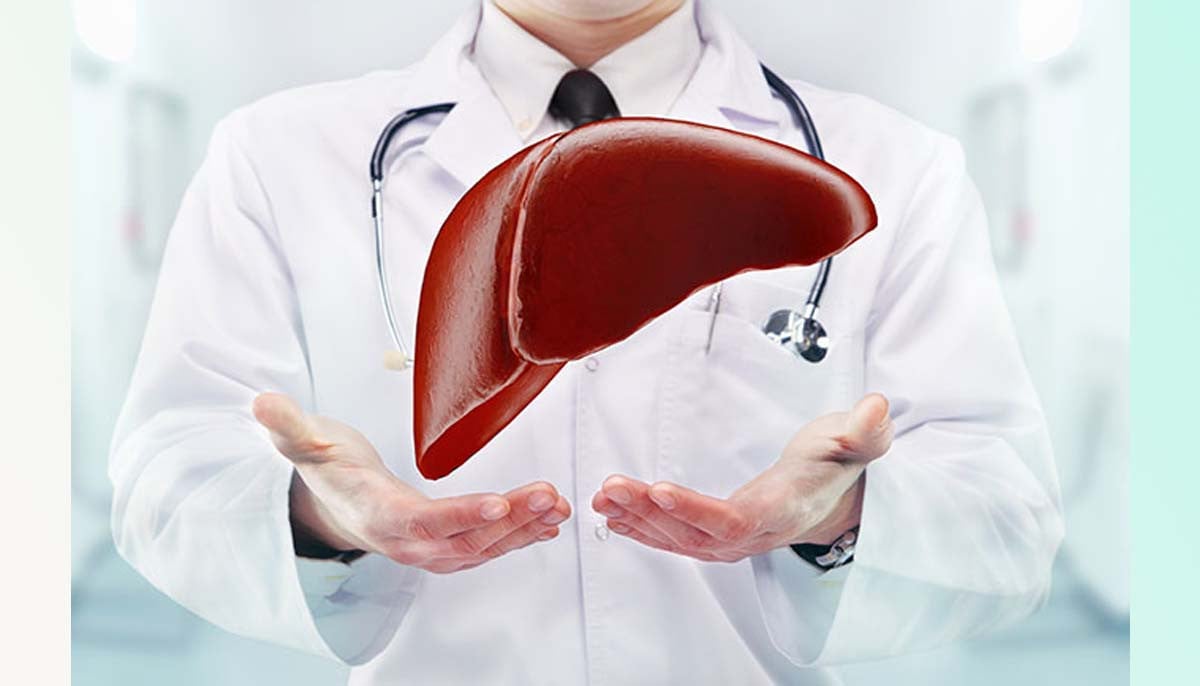Leftover soap on dishes by restaurant dishwashers could seriously harm health
Commercial dishwashers, which are frequently found in restaurants, leave behind chemical residue that is hazardous to gastrointestinal tract
When dining out, you anticipate receiving a spotless plate along with your meal. Your instincts, however, might disagree. Commercial dishwashers, which are frequently found in restaurants, leave behind a chemical residue that is hazardous to the gastrointestinal tract, according to a recent study in The Journal of Allergy and Clinical Immunology from immunologists in Sweden.
Restaurant customers' dishes and cutlery are quickly washed and dried by professional-grade dishwashers. These dishwashers typically run a 60-second, high-pressure cycle with circulating hot water and detergent.
The machine adds a rinse chemical and does another wash and dry cycle for 60 seconds. Even while restaurants that serve hundreds of customers at once benefit greatly from the speed, according to studies, not many washers have an additional wash cycle to remove any remaining product. These items include poisonous compounds that, when dried, can stick to plates and get inside of us.
The effects of the rinse aid residue on the gut's outer layer were investigated by the study's authors using their knowledge of how commercial dishwashers function. Food allergies, gastritis, long-term depression, and liver cirrhosis are just a few of the illnesses that can develop from a weak barrier, along with other conditions.
According to a press release, lead study author Cezmi Akdis, a professor of experimental allergology and immunology at the University of Zurich and the head of the Swiss Institute of Allergy and Asthma Research, "we assume that defective epithelial barriers play a role in triggering the onset of two billion chronic illnesses."
The scientists made use of human intestine organoids and intestinal cells on microchips to investigate the substances left behind in washing agents.
With the use of this technique, tissue can produce 3-D cell clusters that resemble the intestinal epithelium of a human. Before exposing them to intestinal cells, the team dilutes the chemical found in commercial detergents and rinse aid products to mimic those that would be left behind on dry dishes.
The intestinal barrier was shown to be seriously compromised as a result of rinse-aid exposure.
The activation of specific genes and proteins that support inflammation was another finding made by the study's authors. One of the ingredients in the rinse agent, alcohol ethoxylates, was linked to the inflammatory reaction.
“The effect that we found could mark the beginning of the destruction of the gut’s epithelial layer and trigger the onset of many chronic diseases,” explains Akdis. “It is important to inform the public about this risk, since alcohol ethoxylates seem to be commonly used in commercial dishwashers.”
-
New research finds back pain may disrupt men’s sleep quality later in life
-
Do you have depression or is it just Monday blues? Find out where science stands
-
Air pollution may play a role in prostate cancer risk, experts warn
-
Type 2 diabetes hidden trigger in daily food revealed
-
Find out how you can avoid diabetes at your home
-
Pregnant women fighting 'like hell' against paracetamol?
-
‘Stranger Things’ star David Harbour speaks up about ‘psychotherapy’
-
Serious liver scarring shows potential to be reversed with latest drug
